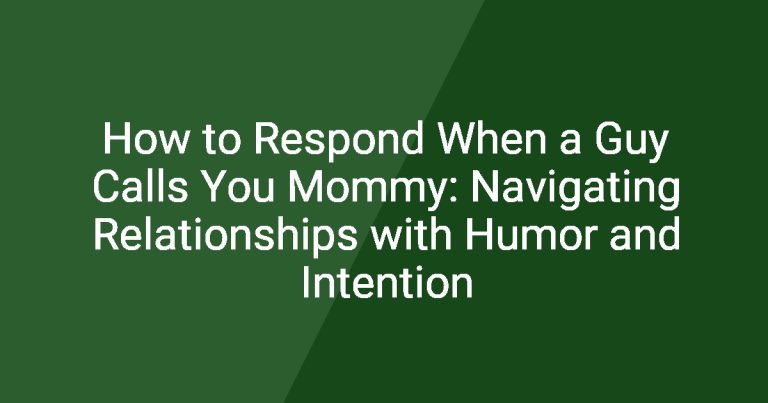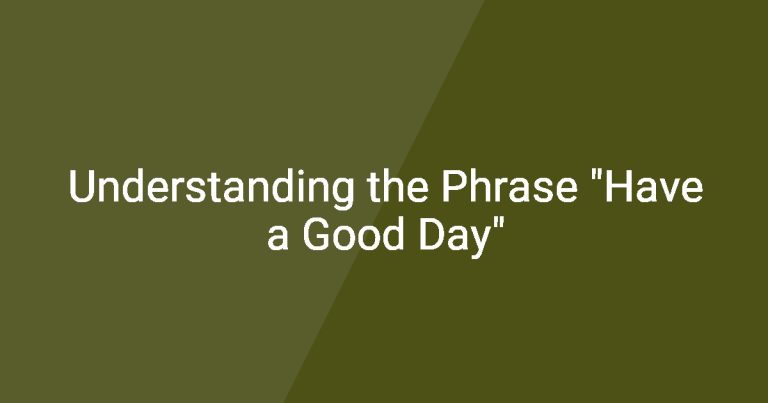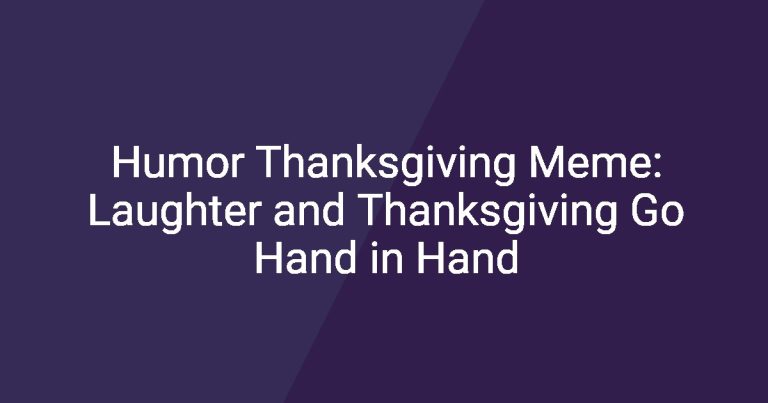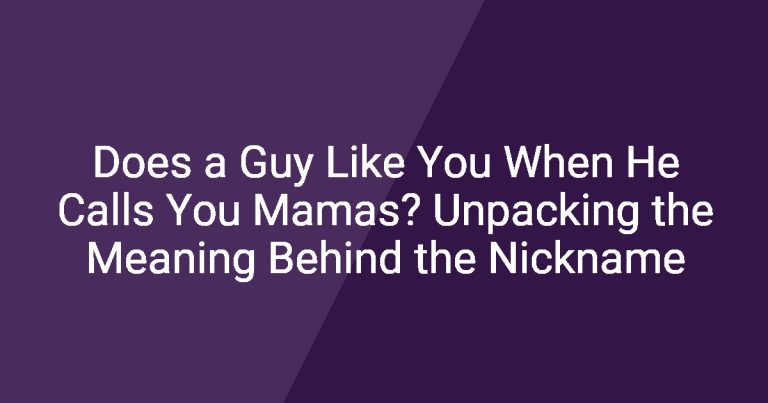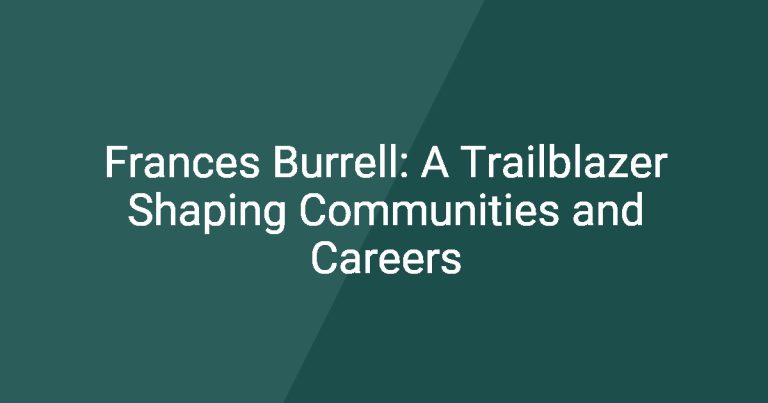Humor is an essential element of communication that can transform conversations, making them more engaging and enjoyable. When you ask someone, “What are you doing?” it often serves as an opening for a deeper dialogue or casual banter. This situation presents an opportunity to employ what are you doing funny answers that can not only elicit laughter but also create a comfortable atmosphere in social interactions.
The Importance of Humor in Communication
Engaging Interactions
Humor acts as a social glue, bringing people together and creating bonds. When you respond to “What are you doing?” with a humorous quip, it can initiate laughter and enjoyment, fostering a friendly connection.
Lightening the Mood
In tense or awkward situations, well-timed humor can diffuse unease. Incorporating funny answers can shift the mood, making conversations not only more bearable but also delightful.
Overview of Funny Responses
Role of Humor in Daily Conversations
Funny responses can enrich our daily dialogue, whether we’re texting friends or chatting with family. They provide a dynamic that makes interactions memorable.
Contexts for Using Funny Answers
Understanding when and where to inject humor is integral. Situational humor—like providing a funny answer to “What are you doing?”—can enhance a conversation, especially when it aligns with the context.
Popular Scenarios for Asking “What Are You Doing?”
Casual Conversations
In friendly exchanges, people often check in with, “What are you doing?” It’s a classic conversation starter among friends or family, ripe for playful retorts.
Friends Catching Up
When friends ask this question, they’re usually looking to share experiences. Responding with what are you doing funny answers can open up the floor for light-hearted discussions.
Family Members Checking In
Families often check in on one another in a caring but easy-going manner. A humorous response can make family interactions more fun and relaxed.
Work and Professional Settings
Workplaces aren’t devoid of humor. In teams where camaraderie exists, funny responses can lighten the atmosphere.
Co-workers Joking Around
With a supportive team, a witty quip in response to “What are you doing?” can promote laughter and camaraderie, enhancing team spirit.
Engaging with Clients or Bosses
Using humor with clients or colleagues can create a rapport that leads to better working relationships. A light-hearted joke activates a positive interaction.
Social Media Interactions
In today’s digital world, social media is where witty one-liners shine. Responses in the comment sections full of humor often go viral, showcasing the effectiveness of what are you doing funny answers.
Memes and Trending Humorous Responses
Social media’s evolution has made memes a language of their own. They’re a fantastic source of inspiration for crafting funny responses to everyday inquiries.
The Rise of Witty Replies in Online Discussions
Online platforms have created a treasure trove of witty responses. Observing conversations can lead to inspiration for your own funny retorts.
Examples of Funny Answers
Creative and Witty Responses
Here are some standout what are you doing funny answers that can make anyone chuckle:
- “Trying to find my phone while using my phone.”
- “Just hanging out with my snack.”
Playful Sarcasm
This form of humor is effective in many conversations:
- “Thinking about how to avoid adulting.”
- “Contemplating what to eat for dinner—again.”
Quirky and Unexpected Replies
Surprising answers can catch others off guard in a good way:
- “Making sure my couch is comfortable for the next binge.”
- “Saving the world from boredom, one meme at a time.”
Contextualizing Humor: When to Use Funny Answers
Understanding Your Audience
Not every crowd appreciates the same type of humor. It’s essential to tailor your funny responses based on your audience, whether they’re friends, family, or colleagues.
Friends vs. Colleagues
While you might be more candid with friends, the humor used with colleagues should lean towards professional, albeit light-hearted, jokes. Knowing your audience is key to successfully using what are you doing funny answers.
The Impact of Relationship Dynamics
Familiarity allows for more playful humor, while new relationships might require a more cautious approach to ensure the humor is received well.
Recognizing Social Cues
Timing your humor can be the difference between a hit or miss. Observe the conversation and use humor at the right moment for maximum impact.
Assessing the Mood of the Conversation
Gauge the atmosphere of the dialogue. If it’s light and jovial, that’s a good time to throw in a funny response. If it’s serious, humor may not be appropriate.
Cultural Considerations
Different cultures have varying thresholds for humor. Tailoring your what are you doing funny answers to fit cultural contexts is crucial to avoid misunderstandings.
The Benefits of Using Funny Answers
Building Rapport
Utilizing humor strengthens friendships and connects people. A well-placed funny answer can cultivate an enjoyable environment, enhancing interpersonal relationships.
Easing Tension During Tough Conversations
Using humor judiciously can ease awkwardness, especially in tough discussions. This tactic can create a relaxing atmosphere for both parties.
Enhancing Creativity
Funny answers encourage free expression and stimulate playful interactions among friends and colleagues. This, in turn, can foster creativity in conversations.
Reducing Stress
The therapeutic benefits of laughter are well-documented. Humor can serve as a stress-relief tool, providing a break from serious conversations.
How to Come Up with Your Own Funny Answers
Techniques for Creating Humor
Crafting your funny responses requires some creativity:
- Wordplay and puns: Utilize clever wordplay to create amusing responses.
- Exaggeration and absurdity: Build humor through outrageous scenarios.
Observation and Inspiration
Draw from your experiences or pop culture references to construct humorous replies. Watching comedy shows or engaging in witty social media conversations can spark inspiration.
Practice Makes Perfect
The more you incorporate humor into your daily life, the better you’ll become at it. Try out your responses easily in various situations to see what gets the best reactions.
Additional Resources
Recommended Books and Articles
Consider exploring titles focusing on humor in communication. Books like “The Comic Toolbox” by John Vorhaus provide insight into developing your humor style.
Online Communities and Forums
Visit platforms like Reddit where communities share and explore funny responses, enriching your humor repertoire.
Humor Workshops or Classes
Look for local or online classes that offer strategies for improving your comedic timing and style.
Frequently Asked Questions
What are some examples of funny answers to “What are you doing?”
Some examples include, “Just training for the Olympic couch potato event!” or “Unlocking the secrets of the universe, one snack at a time.”
Can humor benefit my relationships?
Yes! Humor can help build rapport and ease tensions, resulting in stronger connections.
When is it inappropriate to use humor?
Humor may not be suitable during serious conversations or with unfamiliar audiences who might not share the same comedic sensibilities.
How can cultural differences affect humor?
Cultural contexts greatly impact humor’s reception. What is funny in one culture may not translate in another.
Is it possible to learn how to be funny?
Absolutely! With practice, observation, and learning from others, anyone can develop their humor style.
How do memes contribute to humor in conversations?
Memes are a prevalent form of humor in digital conversations, often providing relatable, funny commentary on everyday situations.
What are some tips for delivering funny responses?
Read the room, choose your timing wisely, and ensure your delivery matches the context of the conversation.
Can humor improve workplace dynamics?
Yes, humor can enhance teamwork and communication, creating a positive environment that fosters collaboration.
Where can I find inspiration for funny responses?
Look to social media, comedy shows, or even daily life experiences for fun ideas to spark your creativity.
How can I practice incorporating humor into my life?
Start small! Use funny responses in casual conversations, and gradually practice more humorous engagements over time.
| Scenario | Type of Humor | Example Responses |
|---|---|---|
| Friends Catching Up | Witty | “Just showcasing my exceptional snack-eating skills!” |
| Professional Settings | Playful Sarcasm | “Just saving the world, one spreadsheet at a time!” |
| Family Check-Ins | Quirky | “Deep in thought, pondering life’s greatest questions. Like, where did I put my keys?” |
| Social Media | Memes and Wordplay | “Currently plotting my next nap—stay tuned!” |
Using what are you doing funny answers engages others and creates enjoyable moments in conversations, highlighting the power of humor to connect us all. So go ahead, next time someone asks what you’re doing—don’t hesitate to respond with something witty and amusing!
